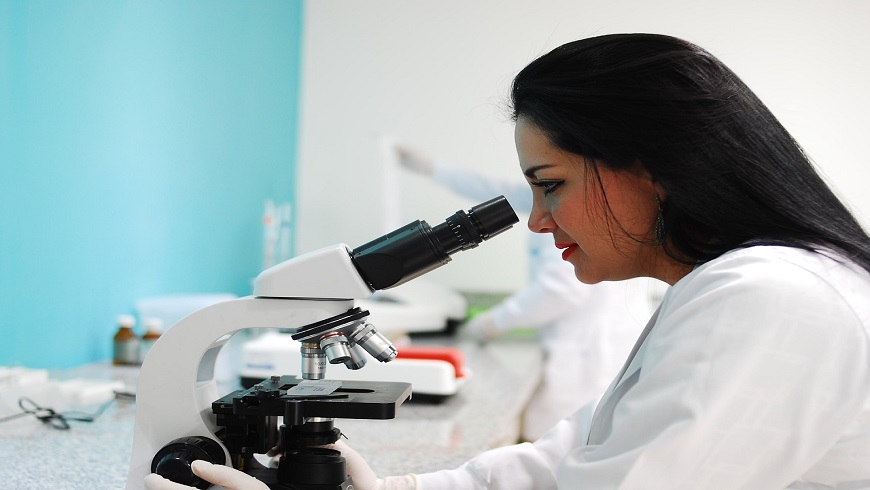
EFSA will investigate the development of safe food systems
The European Food Safety Authority (EFSA), whose main objective is to provide scientific methods to detect and alert problems that affect the food security of European countries, published a document that prioritizes three lines of research until 2030 with the aim of generating new safe food systems in the future.
The Food Safety Regulatory Research Needs 2030 report focuses on
- the research of safe food systems that are alternative and sustainable,
- the application of new technologies to assess food risks,
- and in the communication of relevant scientific information based on a comprehensive knowledge of society and potential risks.
Specifically, the research will study the following points:
- SAFE FOOD SYSTEMS
- Risk Analysis Capability
- Reduction and reorganization of the food chain
- Guarantee of food and feed safety
- Impact of new technologies on food production and the circular economy
- Impact of social changes
- INNOVATION IN RISK ASSESSMENT
- Integrated approaches in chemical and microbiological risks, and antimicrobial resistance
- Integration of new technologies and new knowledge in risk assessment
- Integrated approaches to pests and diseases in plants and animals.
- Integration of results of evaluation of human and environmental risks.
- EVOLUTION OF HOLISTIC RISK
- Social research to understand the awareness, perception and behavior of citizens in Food Security
- Integrated risk-benefit assessment
- Data-based tools for food systems
- Artificial intelligence and machine learning.
- Capacity development for future transdisciplinary knowledge
EFSA will collect such information through all the agencies with which it shares and prepares information.
The institution organizes a consultative forum with 375 public organizations, universities and research centers in order to exchange data, information, experience and personnel.
In addition, it coordinates 16 scientific networks with representatives from all member states and actively participates in several international networks.






